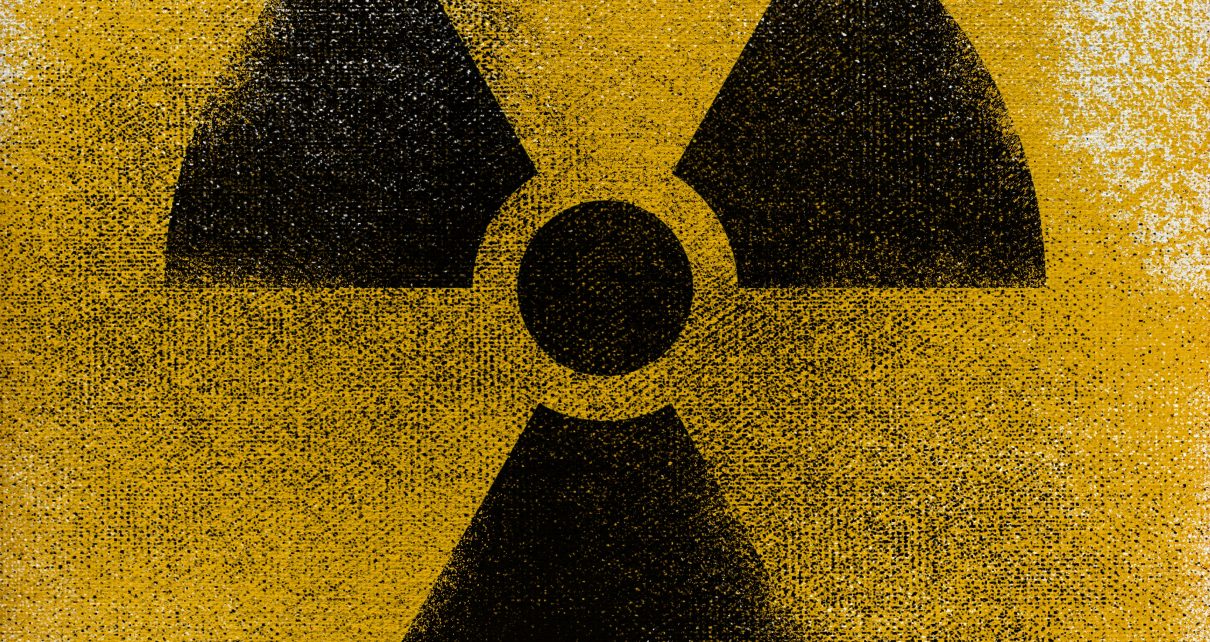The U.S. Nuclear Regulatory Commission (NRC) has approved the design of a new kind of reactor, known as a small modular reactor (SMR). The design, from the Portland, Ore.–based company NuScale Power, is intended to speed construction, lower cost and improve safety over traditional nuclear reactors, which are typically many times larger. Supporters of SMRs have long touted them as a way to help revive the country’s nuclear industry and widen the spread of low-carbon electricity. But some experts have expressed concerns over the potential expense and remaining safety issues that the industry would have to address before any such reactors are actually built.
“This is a significant milestone not only for NuScale, but also for the entire U.S. nuclear sector,” said NuScale chairman and CEO John Hopkins in a press release.
The NRC’s design approval and related final safety evaluation report (FSER) do not mean that the firm can begin constructing reactors. But utility companies can now apply to the NRC to build and operate NuScale’s design. With almost no new nuclear construction completed in the U.S. over the past three decades, SMRs could help reinvigorate a flagging industry.
NuScale’s SMR, developed with the help of almost $300 million from the U.S. Department of Energy, has a generating capacity of 50 megawatts—substantially smaller than standard nuclear reactors, which can range to well more than 1,000 megawatts (MW). A utility could combine up to 12 SMRs at a single site, producing 600 MW of electricity—enough to power a midsize city. The NRC says it expects an application for a 60-MW version of NuScale’s SMR in 2022.
The nuclear industry says SMRs could be built much faster and cheaper than conventional reactors—like products that are rolled off a production line and shipped to various locations rather than custom-built at each site. A customer could also order and combine various numbers of units, making a wide range of capacity possible. According to the International Atomic Energy Agency, dozens of SMR designs are under consideration around the world, and several are in “advanced stages of construction” in Argentina, China and Russia.
Some industry proponents argue that SMRs are the best option for bringing large amounts of emissions-free technology online in the short term to help battle climate change. Opponents have cited the unresolved issue of disposing nuclear waste, as well as the significant price tag and time involved in building any nuclear plant, compared with renewable energy sources.
NuScale believes it can avoid the dramatic cost overruns and years-long delays that have plagued construction of traditional nuclear power plants in recent decades. Diane Hughes, the company’s vice president of marketing and communications, says that the company expects to sell anywhere from 674 to 1,682 reactors between 2023 and 2042. The high end of that range would represent more than 80 gigawatts of capacity, which approaches the 98 gigawatts of existing nuclear capacity in the U.S. That power is supplied by just under 100 large reactors; the existing plants provide approximately 20 percent of the country’s electricity. NuScale has signed memorandums of understanding with companies and utilities in the U.S., Canada, Jordan, Romania, Ukraine and other countries. The agreements simply mean the parties will jointly explore potential deals.
NuScale’s first scheduled project is with Utah Associated Municipal Power Systems (UAMPS), a state-based organization that supplies wholesale electricity to small, community-owned utilities in surrounding states. NuScale plans to deliver its first reactor to the UAMPS project at the Idaho National Laboratory by 2027; it is scheduled to be operational by 2029. Another 11 reactors will round out the 720-MW project by 2030. A portion of the generated power will be sold to the U.S. Department of Energy, with the rest purchased by UAMPS member utilities. Agreements for some of the power are in place, although a few municipalities have already walked away because of price concerns. Others have until September 30 to exit the project.
Experts have expressed skepticism about both the safety of the NuScale SMR and its potential costs. In an online press event on September 2, M. V. Ramana, a professor and nuclear expert at the University of British Columbia, discussed a report he prepared at the request of Oregon Physicians for Social Responsibility that highlighted significant issues associated with the UAMPS project.
“I am sorry to say that what lies ahead is risky and expensive,” Ramana said. Just in the past five years, he noted, cost estimates from various sources for the UAMPS project have risen from approximately $3 billion to more than $6 billion. NuScale’s initial goal of having operational reactors by 2016 has been extended by more than a decade, reflecting the sluggish U.S. nuclear industry in general. Costs to consumers could far exceed those associated with other emissions-free power sources such as solar and wind, Ramana added.
And despite the NRC’s design approval of the new SMR, some safety features still require adjustment. “I don’t think future NuScale applicants will benefit from a design certification that has safety gaps in it,” says Edwin Lyman, director of nuclear power safety at the Union of Concerned Scientists. He points out that the NRC has issued its final safety report in spite of questions raised both by an expert at the agency and an external advisory board.
In a July 2020 report, NRC nuclear engineer Shanlai Lu discussed a complicated issue known as boron dilution, which could possibly cause “fuel failure and prompt criticality condition”—meaning that even if a reactor is shut down, fission reactions could restart and begin a dangerous power increase. And in another report, the NRC’s Advisory Committee on Reactor Safeguards also noted that “several potentially risk-significant items” are not yet completed, though it did still recommend that the NRC issue the FSER. The agency’s response to the latter report stated that those items will be further assessed when site-specific licensing applications—the step needed to actually begin building and operating a reactor—are submitted.
“NuScale and the U.S. Nuclear Regulatory Commission staff examined boron dilution in great detail and reached similar conclusions that the NuScale small modular reactor design is safe and meets all requirements, as is affirmed by the NRC’s recent issuance of the FSER,” NuScale’s Hughes says.
Lyman says that in general, the NRC’s design certification process should reduce uncertainty for utilities aiming to build nuclear plants because they can reference a completed safety review. But he thinks the NuScale approval undermines that advantage. Whether the gaps in safety will result in further delays to NuScale’s time line remains to be seen. The NRC will undertake another review when the company’s 60-MW design is submitted.



